Science/Missions
Southwest Research Institute (SwRI)
We Are Southwest Research Institute
From deep sea to deep space, SwRI is on a journey of discovery. Our multidisciplinary teams tackle the toughest challenges, from self-driving vehicles to drug discovery to cybersecurity and beyond.

SwRI-UTSA Joint Graduate Program in Space Physics and Instrumentation
Established in 2005, this partnership between SwRI and UTSA offers graduate research opportunities in Space Physics, Planetary Science, and Astrophysics. Earn a PhD or MS that will lead to a fulfilling career in these exciting fields of Space Research. Hear directly from some of our faculty, students, and alumni about their views on the program, including the various NASA missions that they have worked on.
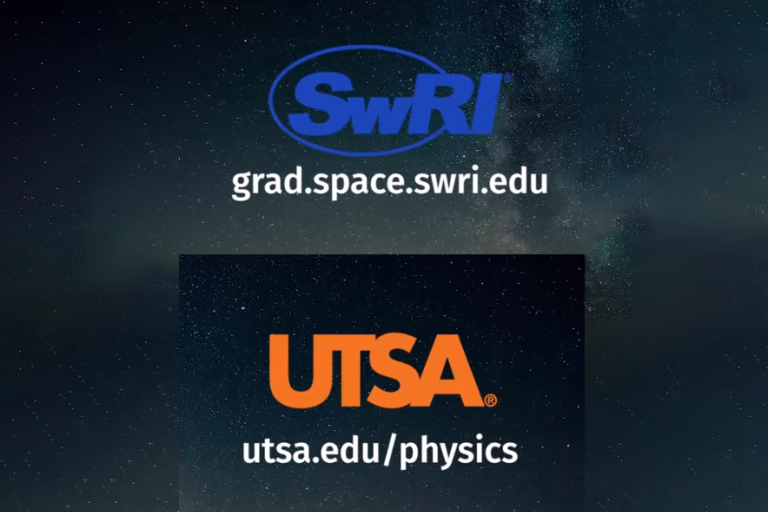
Careers in Space
The way to get started is to quit talking and begin doing ... today.
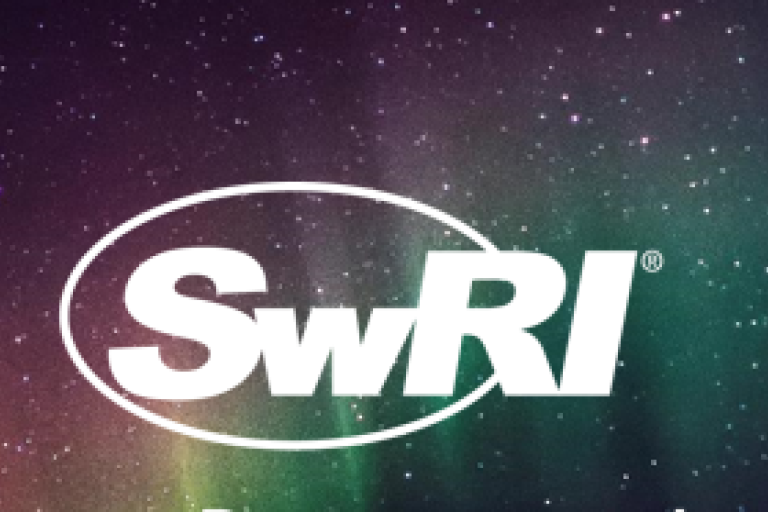
A Sun-Sational Exhibit
Texas is in the path of totality for the April 8, 2024, solar eclipse, a rare and awe-inspiring event. This exhibit delves into the history of astronomy, showcasing some of the Rare Book Collection's groundbreaking works of pioneering astronomers who paved the way for our modern understanding of the universe.
We'll also explore SwRI's rich astronomical research and highlight our eclipse and lunar research.

The Solar Eclipse Initiative
The Solar Eclipse Initiative supported public engagement and STEM education around the 2023 annular and 2024 total eclipses in San Antonio. It developed educational materials, outreach programs, and tools to enhance understanding. SwRI scientists partnered with local schools and organizations like Scobee Planetarium, DoSeum, KLRN, and the Girl Scouts to facilitate eclipse viewing and knowledge for this unique event.

A Snapshot of Space Missions
Videos
TRACERS
The TRACERS mission studies the Sun’s magnetic field and how it connects to Earth’s space environment, helping us better understand space weather and its effects. TRACERS is a NASA twin satellite mission, with Southwest Research Institute contributing key scientific instruments and expertise.
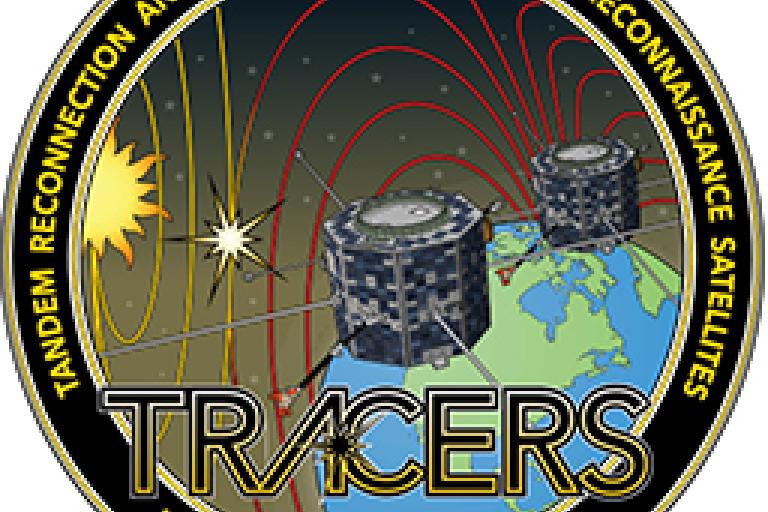
SwRI IBEX
The interstellar boundary Explorer mission called ibex provides a glimpse of the heavens that surround the solar system allowing us to better understand our place in the universe. Ibex is a NASA small Explorer mission led by Southwest Research Institute.
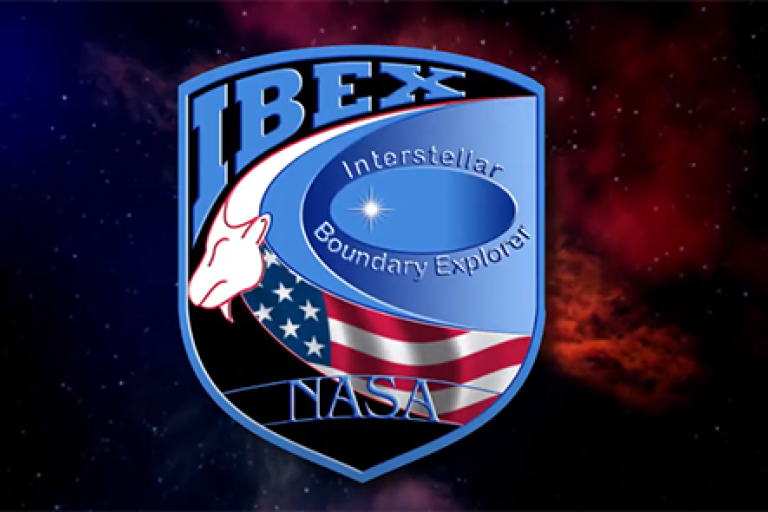
Cassini Probes Saturn's Moons
We made great advances in understanding the messiness of the Titan the moon Titan which is orbiting Saturn and the moon and celibacy on in celle des the Cassini spacecraft has made multiple flybys of the moon flying through an icy plume.

MMS Mission
NASA's magnetospheric multiscale spacecraft will study one of the most basic and important physical processes in the universe magnetic reconnection.
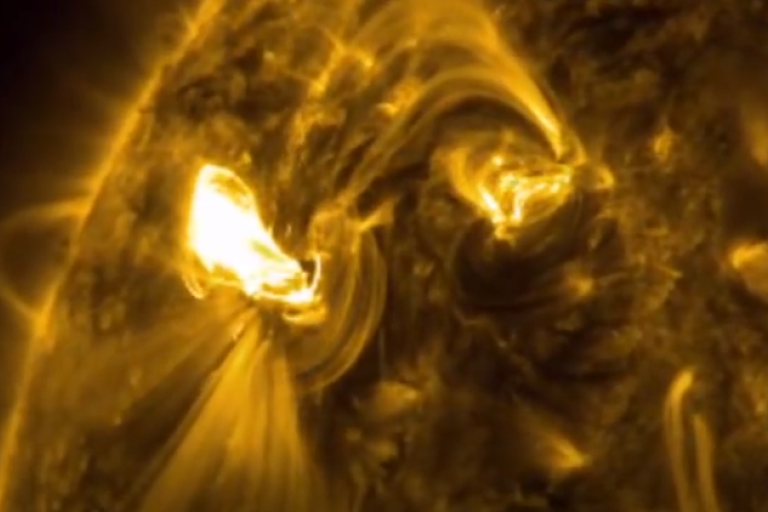
Measuring Radiation on Mars
Southwest Research Institute led the development of the radiation assessment detector or rad. rad is an energetic particle analyzer which will measure both charged particle and neutral particle radiation both on the surface and in space.
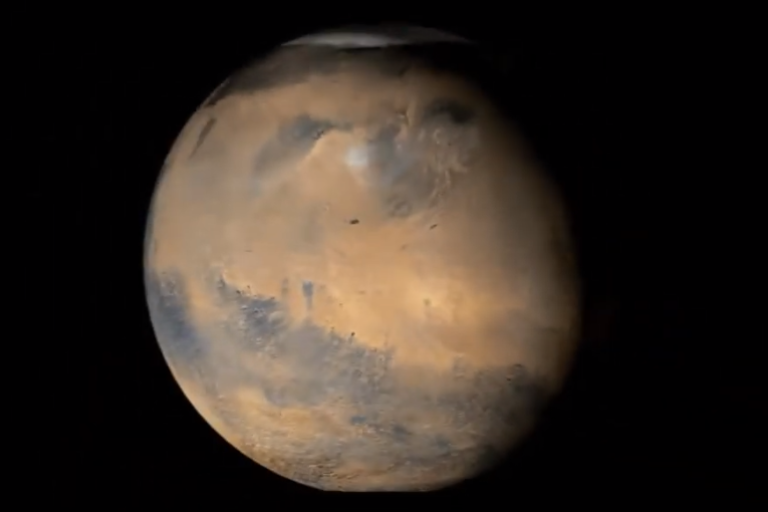
JUNO's Mission to Jupiter Explained
Jupiter really held on to its original history what it's made of is still intact in Jupiter and so we can study it to learn about the solar system's history when we're trying to learn about how Jupiter formed it relates to the original formation of the solar system so when we go to study Jupiter and try to learn how did it get those elements we're sort of getting the first hint as to how all the planets got enriched in these rocky heavy elements and maybe where life itself came from.
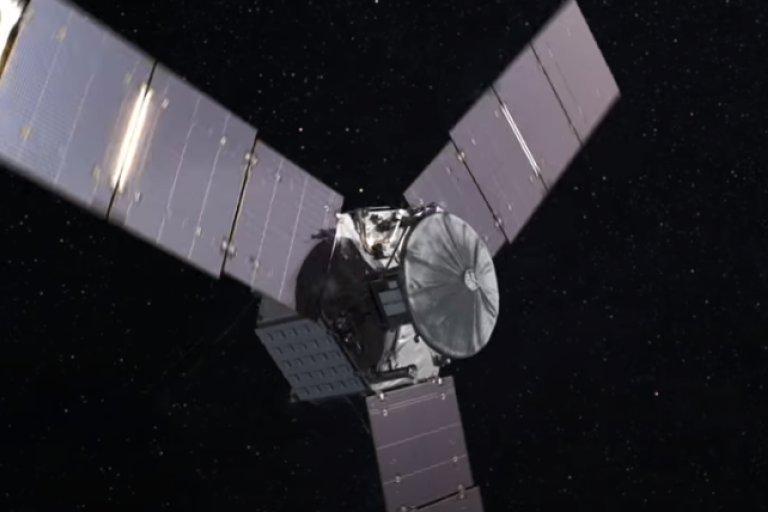
SwRI and the Europa Mission
SwRI developed 2 space instruments selected by NASA for a future mission. MASPEX & UVS will probe Europa, Jupiter’s fourth largest moon. The SwRI instruments will work in tandem to characterize Europa’s atmosphere.

SwRI scientists connect the dots between Galiliean moon, auroral emissions on Jupiter
SwRI scientists used data from Juno’s payload to study the particle population traveling along the magnetic field line connecting Ganymede to Jupiter.

Polarimeter to Unify the Corona and Heliosphere (PUNCH) Mission
NASA has selected Southwest Research Institute to lead the “Polarimeter to Unify the Corona and Heliosphere” (PUNCH) mission, a landmark Small Explorers Program mission that will image beyond the Sun’s outer corona.

PUNCH B
PUNCH stands for the polarimeter to unify the corona and heliosphere the mission entered phase B marking the transition from concept study to preliminary design for suitcase sized micro satellites will provide the first images of the system connecting the Sun and earth known as the solar wind punch will also provide insight on coronal mass ejections clouds of solar material that sweep over the earth.
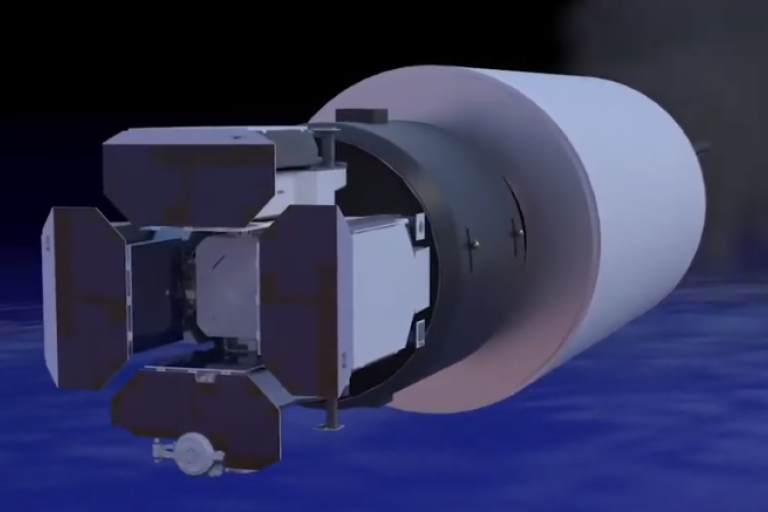
PUNCH Chaco Canyon
At the Rock of the Sun, in Chaco Canyon, New Mexico exists an unusual, curlicued petroglyph (rock carving). The petroglyph is believed to be an Ancestral Puebloan impression of the 1097 total solar eclipse at a time of high solar activity. This may be humanity's first known representation of a solar storm in the corona.

Podcasts
Episode 10: Unraveling a Hurricane
Collecting data from a hurricane before it makes landfall is key to saving lives and property. While current hurricane models can predict the path, there are often gaps in accurately predicting a storm’s intensity or strength. NASA’s Cyclone Global Navigation Satellite System (CYGNSS) is made up of eight microsatellites designed and built by Southwest Research Institute.

Episode 35: Exploring Jupiter
NASA’s Juno mission, led by SwRI, is rewriting the textbooks on the gas giant Jupiter, the fifth planet from the sun. Launching in 2011, the spacecraft reached its target in 2016, jumping into Jupiter’s orbit and revealing never-before-seen data and images of the massive planet.

Episode 23: OSIRIS-REx and Bennu
What can an asteroid tell us about life on Earth? How can its orbit predict an asteroid strike on our planet? NASA’s OSIRIS-REx mission is searching for answers as it studies the asteroid Bennu. The OSIRIS-REx spacecraft launched in 2016 and arrived near the asteroid in 2018.

Episode 41: Planetary Science Pioneer Dr. Robin Canup
This Women’s History Month, we are highlighting the revolutionary work of SwRI’s space science pioneer, Dr. Robin Canup. Canup is known for her trailblazing research of the Earth-Moon system. Her computer simulations and models based on the giant impact hypothesis have become the widely accepted theory on how our Moon formed.

Episode 53 – Celebrating Women in STEM
During Women’s History Month, we are celebrating the contributions of inspirational leaders and trailblazers who are positively impacting our communities and world. Today, we highlight two women of SwRI who shine in STEM – science, technology, engineering and mathematics, fields in which women are typically underrepresented.

Episode 59- Preparing for the upcoming eclipses
In the coming months, people in the U.S. will have a front row seat to two upcoming eclipses. An annular eclipse on October 14, 2023 will cross North, Central and South America. A total eclipse will cross North America on April 8, 2024.


